*l,971cc Bristol six-cylinder *130hp *Original matched numbers Ace Bristol *Imported new to U.S. *Single ownership for more than 50 years *Less than 38,000 miles from new *Eligible for California Mille, Tour Auto, Le Mans Classic and other events *'Time-warp' original interior 'Of them all, the Ace was the truest sports car: it could be used for daily commuting or for high-speed long-distance touring, but it could also be driven to a race meeting, campaigned with distinction, and driven home again - even if that race was the Le Mans 24 Hours.' - AC Heritage, Simon Taylor & Peter Burn. The success of Cliff Davis's Tojeiro sports racer prompted AC Cars to put the design into production in 1954 as the Ace. The Davis car's pretty Ferrari 166-inspired barchetta bodywork was retained, as was John Tojeiro's twin-tube ladder frame chassis and Cooper-influenced all-independent suspension, but the power unit was AC's own venerable, 2-litre, long-stroke six. This overhead-camshaft engine originated in 1919 and with a modest 80bhp (later 100bhp) on tap, endowed the Ace with respectable, if not outstanding, performance. In 1955 AC added a hardtop version - the fastback-styled Aceca - and both models became available from '56 with the more-powerful (up to 130bhp) Bristol six-cylinder engine. The l,971cc Bristol six was based on that of the pre-war BMW 328, which featured an ingenious cylinder head designed by Rudolf Schleicher that incorporated hemispherical combustion chambers and inclined valves without recourse to overhead or twin camshafts. Instead, the earlier BMW Type 319 engine's single block-mounted camshaft and pushrod valve actuation were retained, thus avoiding an expensive redesign. Two rocker shafts were employed, one situated above each bank of valves, giving the engine an external appearance almost indistinguishable from that of a twin-overhead-cam design. Downdraught inlet ports contributed to the motor's deep breathing, and its tune-ability made it a popular choice for British racing car constructors, most notably Cooper, during the 1950s. Externally, Bristol's clone of the BMW motor differed little from the German original, the most obvious difference being the adoption of SU, rather than Solex, carburetors part way through production. The most significant changes made by the Bristol designers were metallurgical; their utilization of the highest quality materials contributing to greatly increased engine life. The combination of a fine-handling chassis and a decent power-to-weight ratio - in Bristol-engined form the car could touch 120mph - helped the Ace to numerous successes in production sports car racing, arguably its finest achievement being a first-in-class and seventh overall finish at Le Mans in 1959. AC Ace Bristol Registrar Tony Bancroft has confirmed that BEX 175 left the factory on March 17, 1956 and was sold new to Bill Woodbury of Valley Stream, Long Island, NY. It was then as now in black paint scheme with white leather interior. It can be assumed that delivery of this car was received in the Summer of 1956 to Woodbury. According to Jonathan Stein's book 'British Sports Cars in America 1946-1981', Woodbury was an early distributor for these cars in this country, under the company name A.C. Imports. Both in '56 and '57, partnering with Joe 'Hap' Dressel, Woodbury campaigned another imported AC Ace at the Sebring 12 hour race. In our researches, the former owner has confirmed that Joe Dressel and Bill Woodbury were friends and that he got to know them after they recognized his driving potential behind the wheel of a Morgan Plus Four. He recalls that they all went to Sebring in 1957, Dressel, Woodbury, John and Evelyn Mull and he and they took four A.C. cars with them, but received fewer entries than they'd wanted. Although he recalls this distinctive black car being at Sebring and serving as a 'practice mule' it was not campaigned in the race. This does account for its having a race number light on the trunk li
*l,971cc Bristol six-cylinder *130hp *Original matched numbers Ace Bristol *Imported new to U.S. *Single ownership for more than 50 years *Less than 38,000 miles from new *Eligible for California Mille, Tour Auto, Le Mans Classic and other events *'Time-warp' original interior 'Of them all, the Ace was the truest sports car: it could be used for daily commuting or for high-speed long-distance touring, but it could also be driven to a race meeting, campaigned with distinction, and driven home again - even if that race was the Le Mans 24 Hours.' - AC Heritage, Simon Taylor & Peter Burn. The success of Cliff Davis's Tojeiro sports racer prompted AC Cars to put the design into production in 1954 as the Ace. The Davis car's pretty Ferrari 166-inspired barchetta bodywork was retained, as was John Tojeiro's twin-tube ladder frame chassis and Cooper-influenced all-independent suspension, but the power unit was AC's own venerable, 2-litre, long-stroke six. This overhead-camshaft engine originated in 1919 and with a modest 80bhp (later 100bhp) on tap, endowed the Ace with respectable, if not outstanding, performance. In 1955 AC added a hardtop version - the fastback-styled Aceca - and both models became available from '56 with the more-powerful (up to 130bhp) Bristol six-cylinder engine. The l,971cc Bristol six was based on that of the pre-war BMW 328, which featured an ingenious cylinder head designed by Rudolf Schleicher that incorporated hemispherical combustion chambers and inclined valves without recourse to overhead or twin camshafts. Instead, the earlier BMW Type 319 engine's single block-mounted camshaft and pushrod valve actuation were retained, thus avoiding an expensive redesign. Two rocker shafts were employed, one situated above each bank of valves, giving the engine an external appearance almost indistinguishable from that of a twin-overhead-cam design. Downdraught inlet ports contributed to the motor's deep breathing, and its tune-ability made it a popular choice for British racing car constructors, most notably Cooper, during the 1950s. Externally, Bristol's clone of the BMW motor differed little from the German original, the most obvious difference being the adoption of SU, rather than Solex, carburetors part way through production. The most significant changes made by the Bristol designers were metallurgical; their utilization of the highest quality materials contributing to greatly increased engine life. The combination of a fine-handling chassis and a decent power-to-weight ratio - in Bristol-engined form the car could touch 120mph - helped the Ace to numerous successes in production sports car racing, arguably its finest achievement being a first-in-class and seventh overall finish at Le Mans in 1959. AC Ace Bristol Registrar Tony Bancroft has confirmed that BEX 175 left the factory on March 17, 1956 and was sold new to Bill Woodbury of Valley Stream, Long Island, NY. It was then as now in black paint scheme with white leather interior. It can be assumed that delivery of this car was received in the Summer of 1956 to Woodbury. According to Jonathan Stein's book 'British Sports Cars in America 1946-1981', Woodbury was an early distributor for these cars in this country, under the company name A.C. Imports. Both in '56 and '57, partnering with Joe 'Hap' Dressel, Woodbury campaigned another imported AC Ace at the Sebring 12 hour race. In our researches, the former owner has confirmed that Joe Dressel and Bill Woodbury were friends and that he got to know them after they recognized his driving potential behind the wheel of a Morgan Plus Four. He recalls that they all went to Sebring in 1957, Dressel, Woodbury, John and Evelyn Mull and he and they took four A.C. cars with them, but received fewer entries than they'd wanted. Although he recalls this distinctive black car being at Sebring and serving as a 'practice mule' it was not campaigned in the race. This does account for its having a race number light on the trunk li
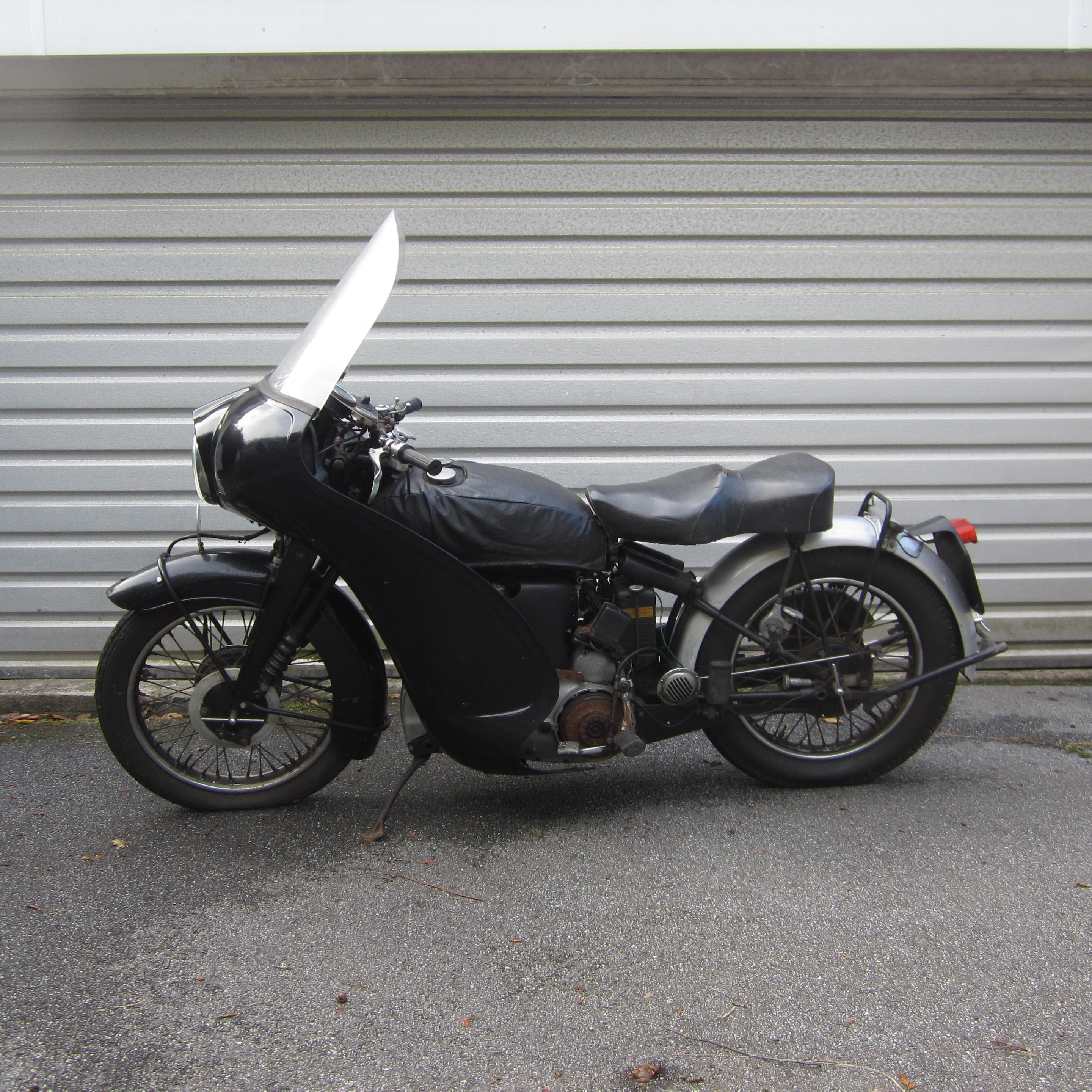
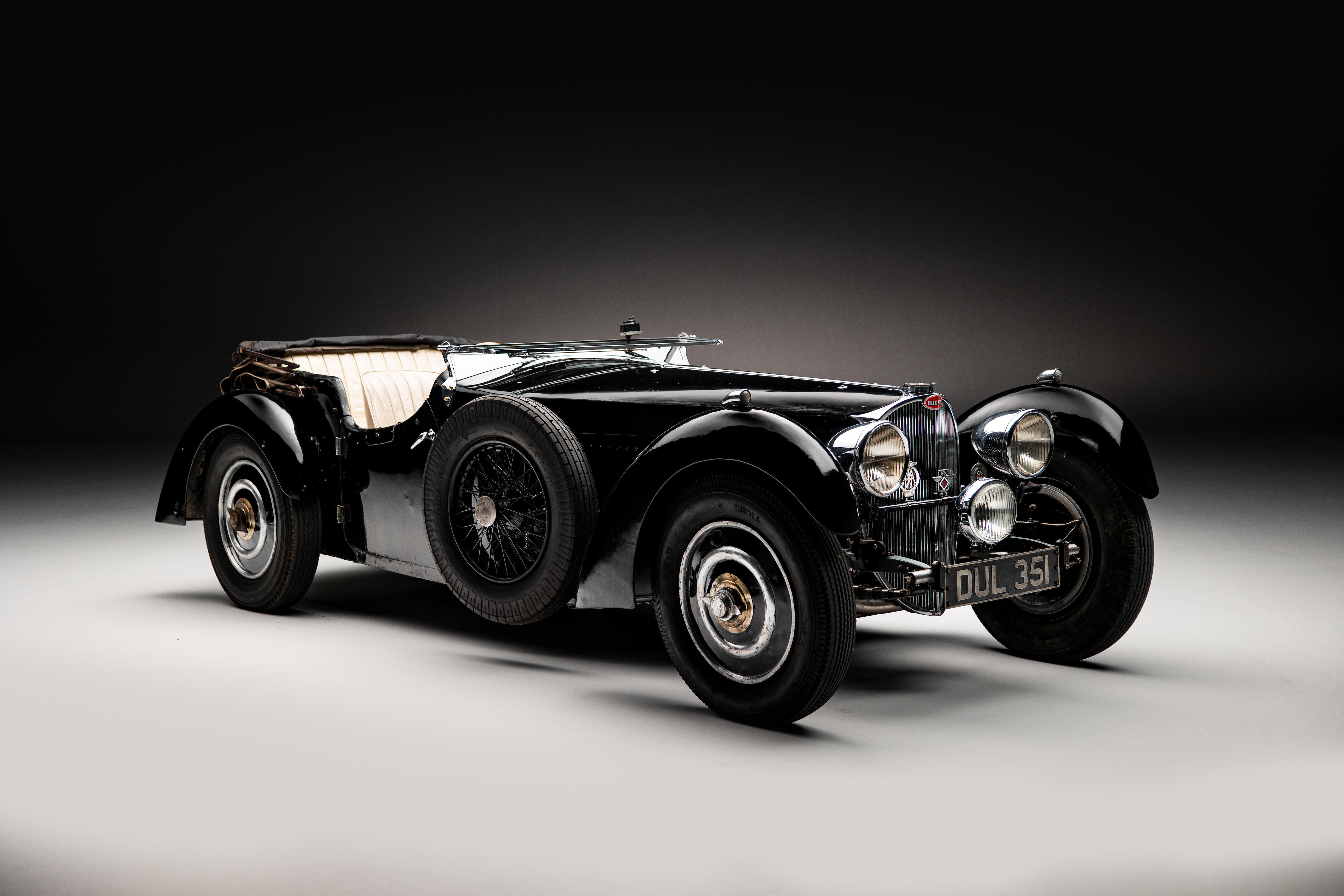

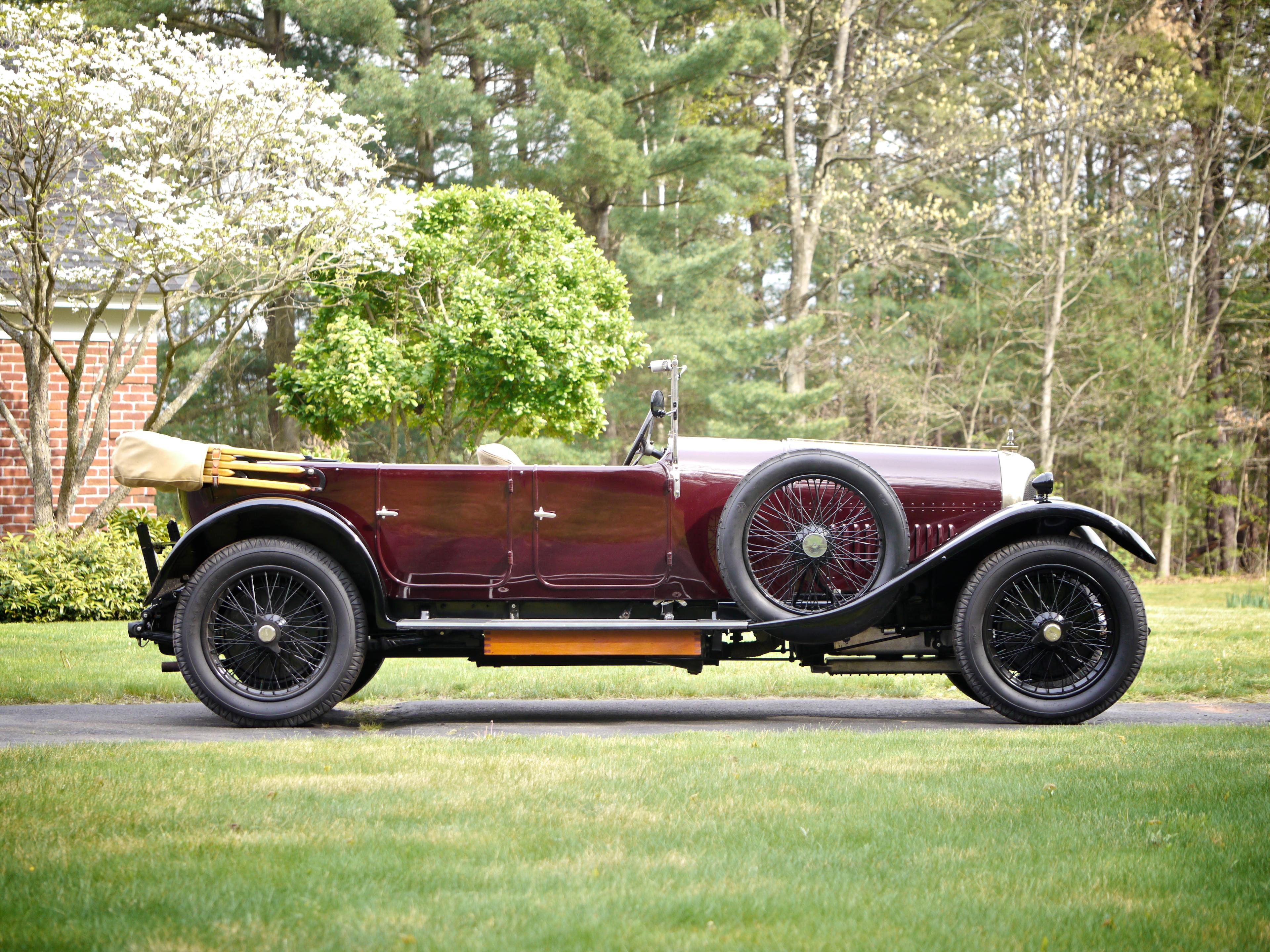
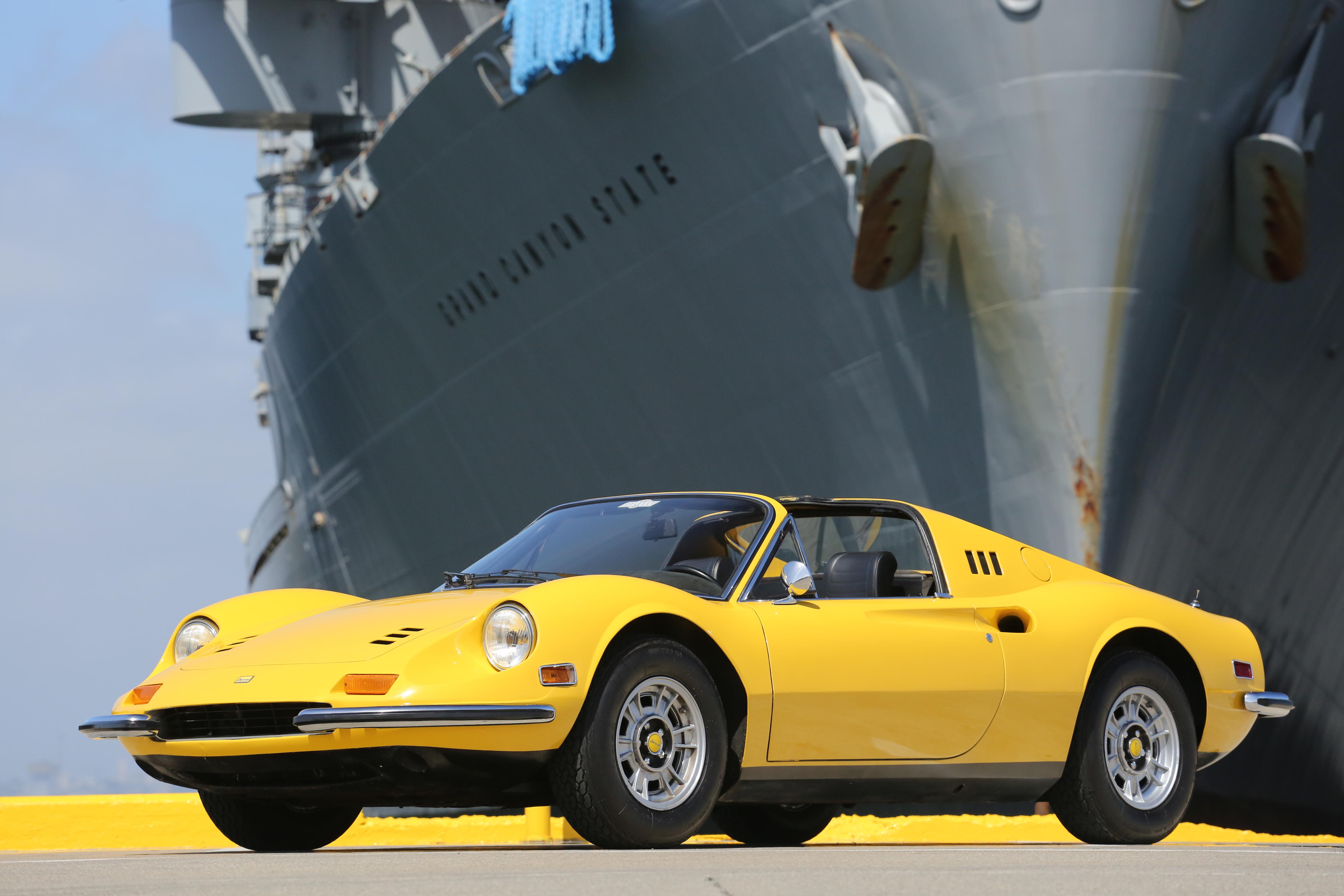
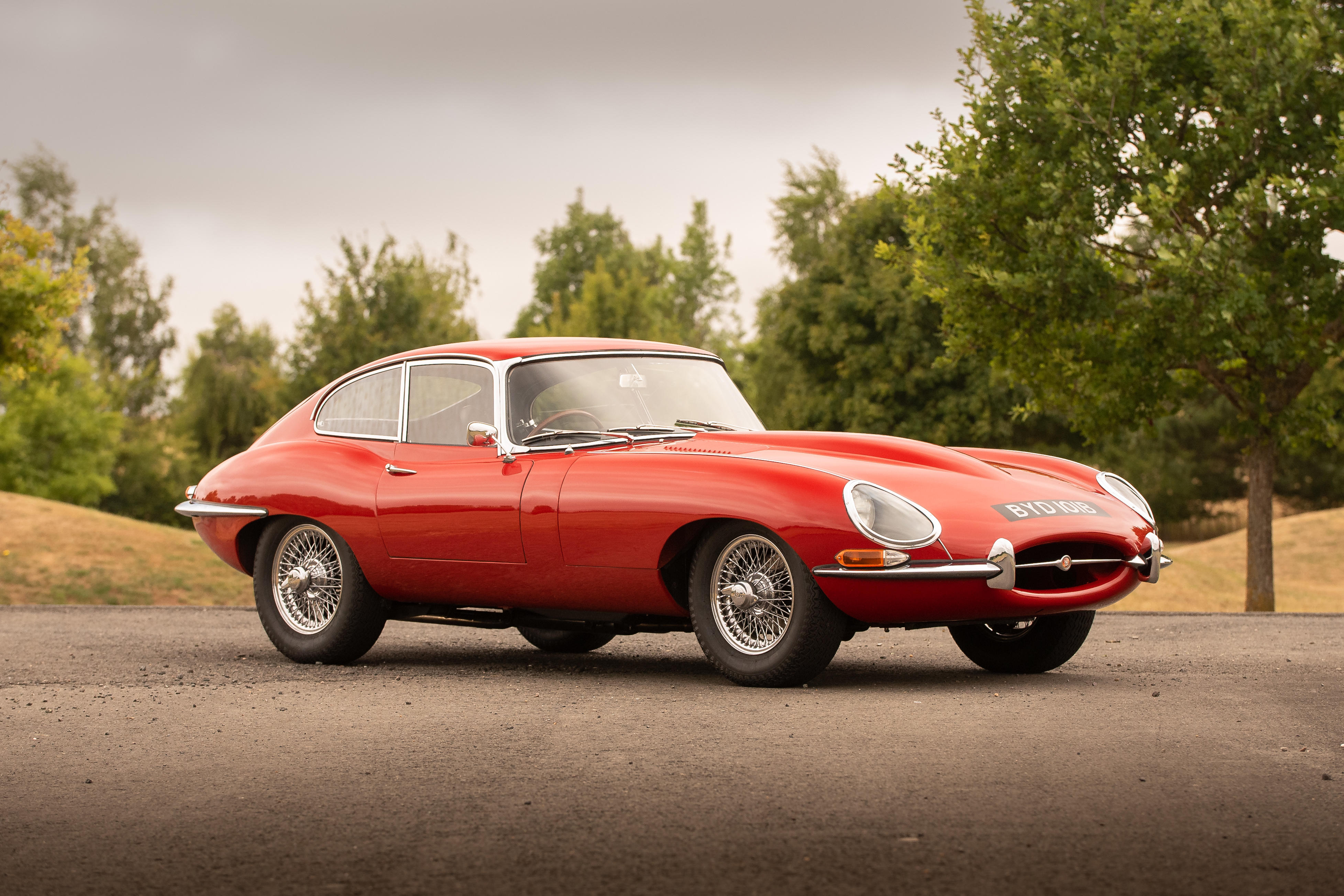
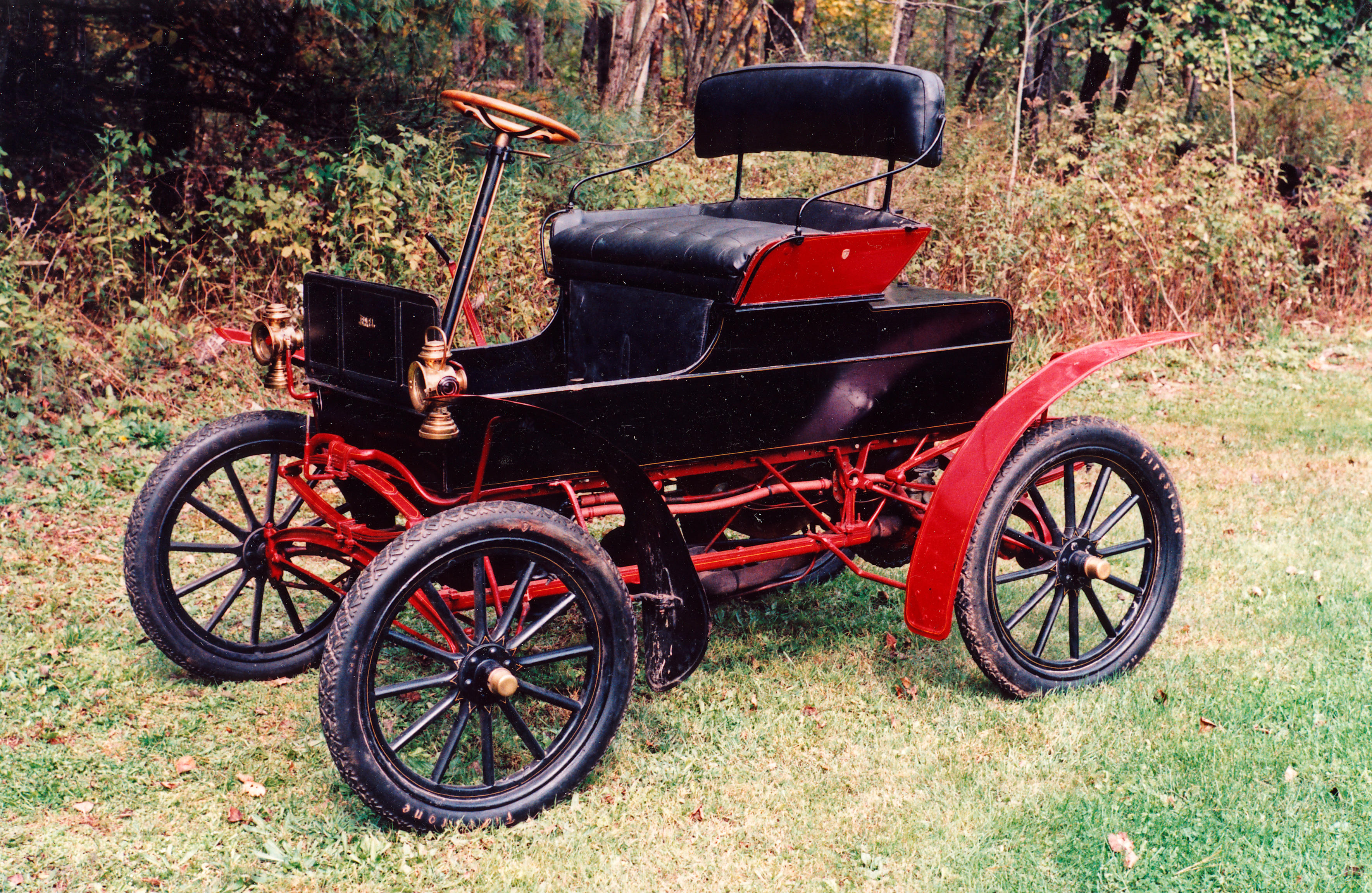
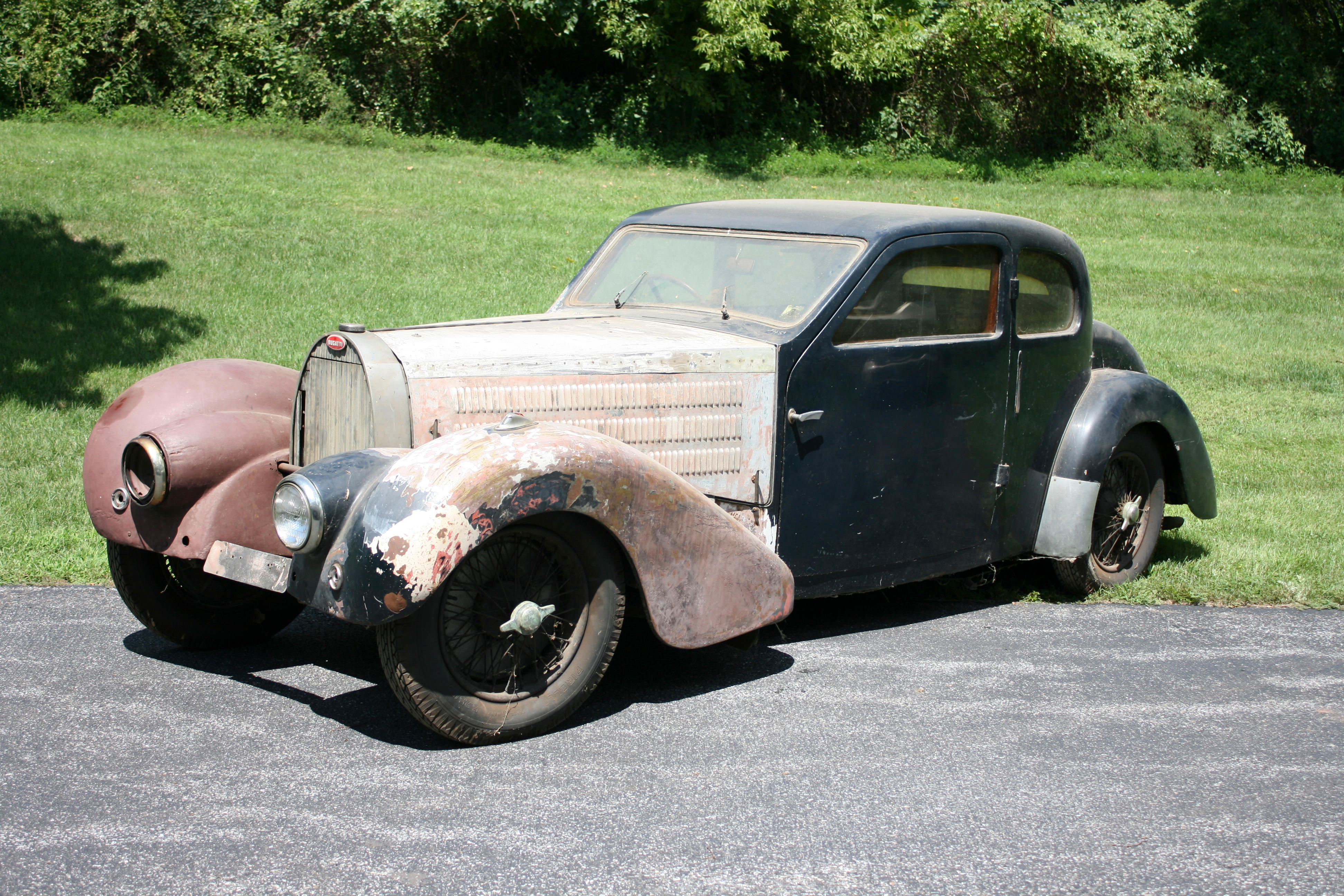

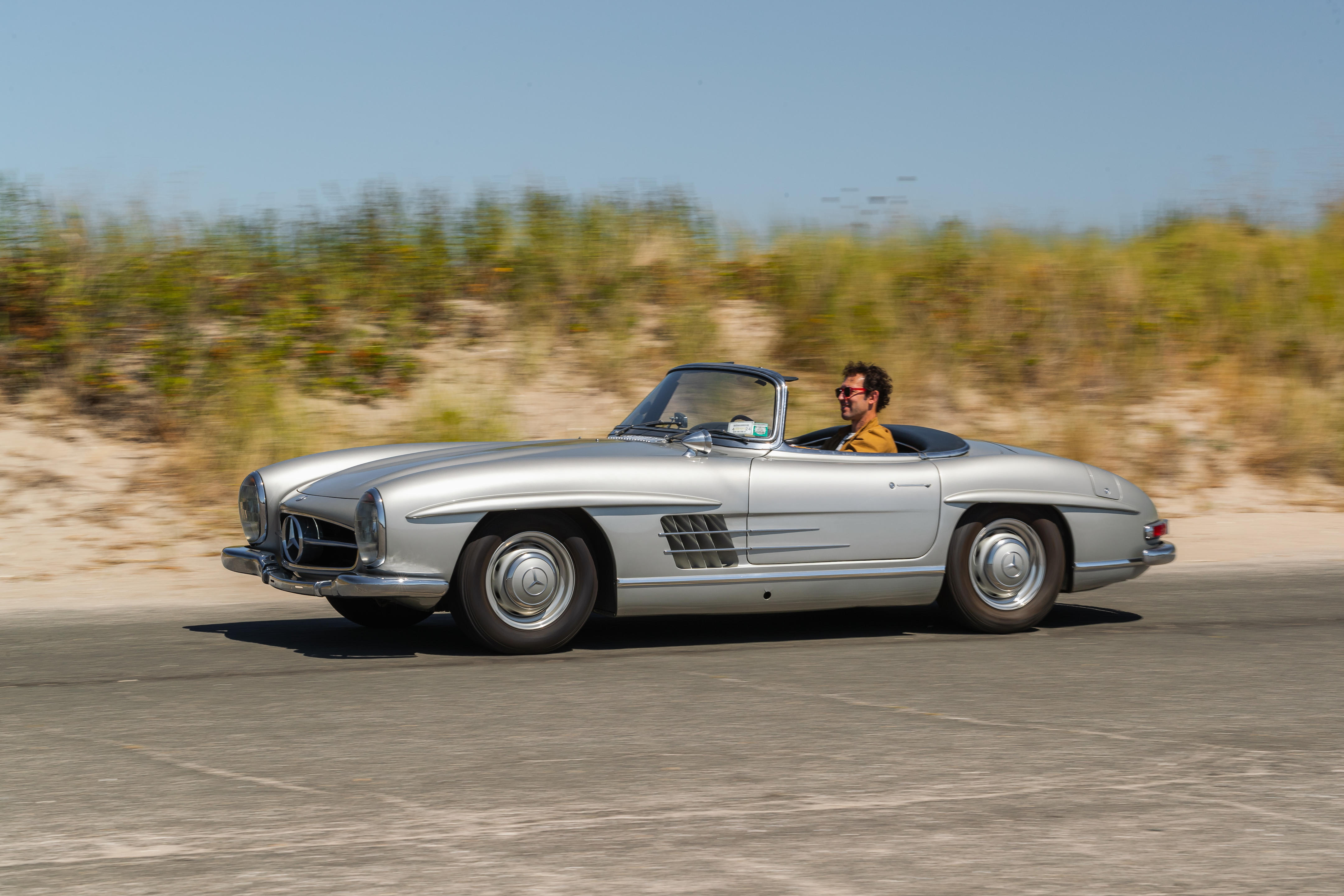


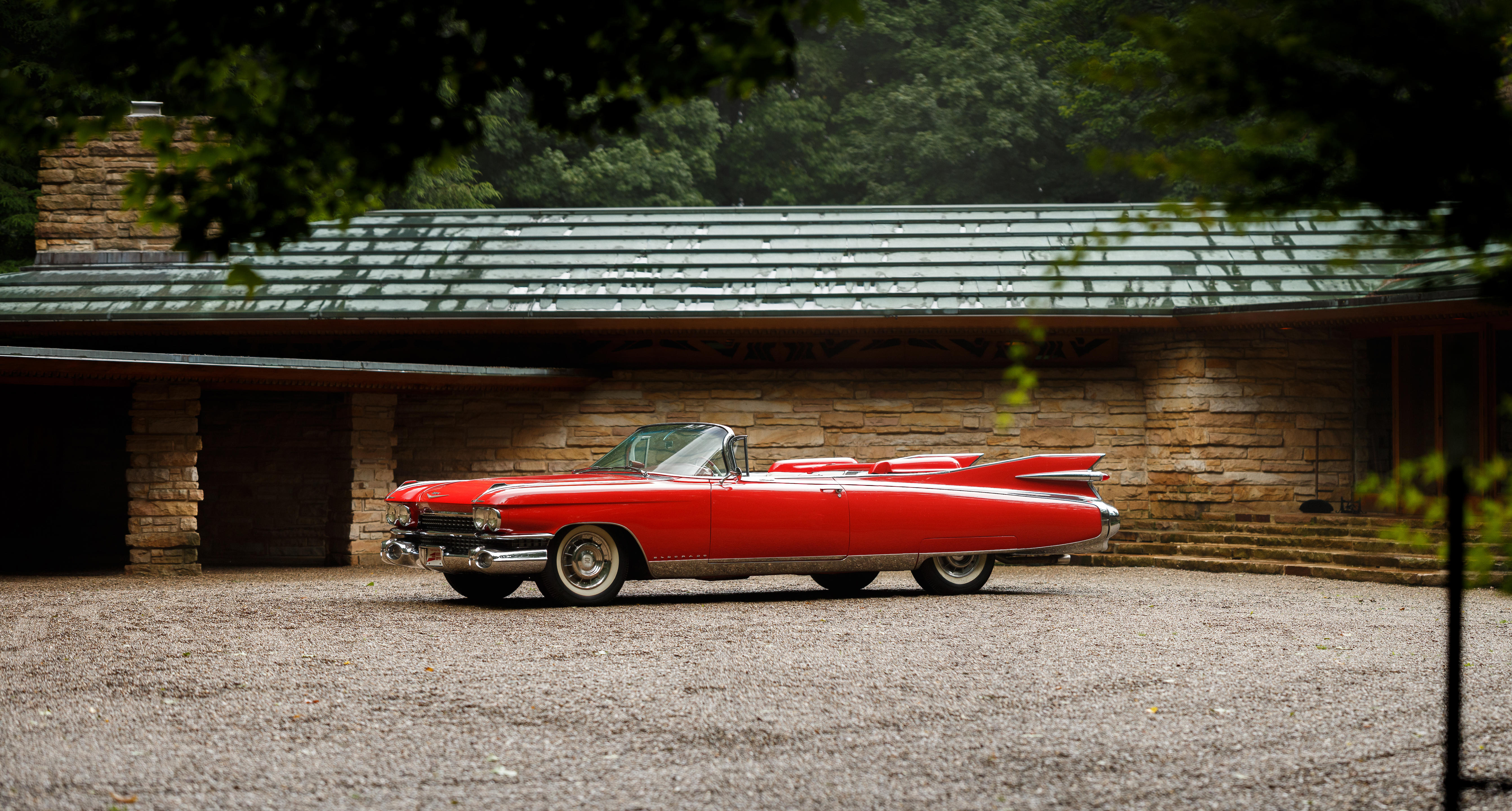
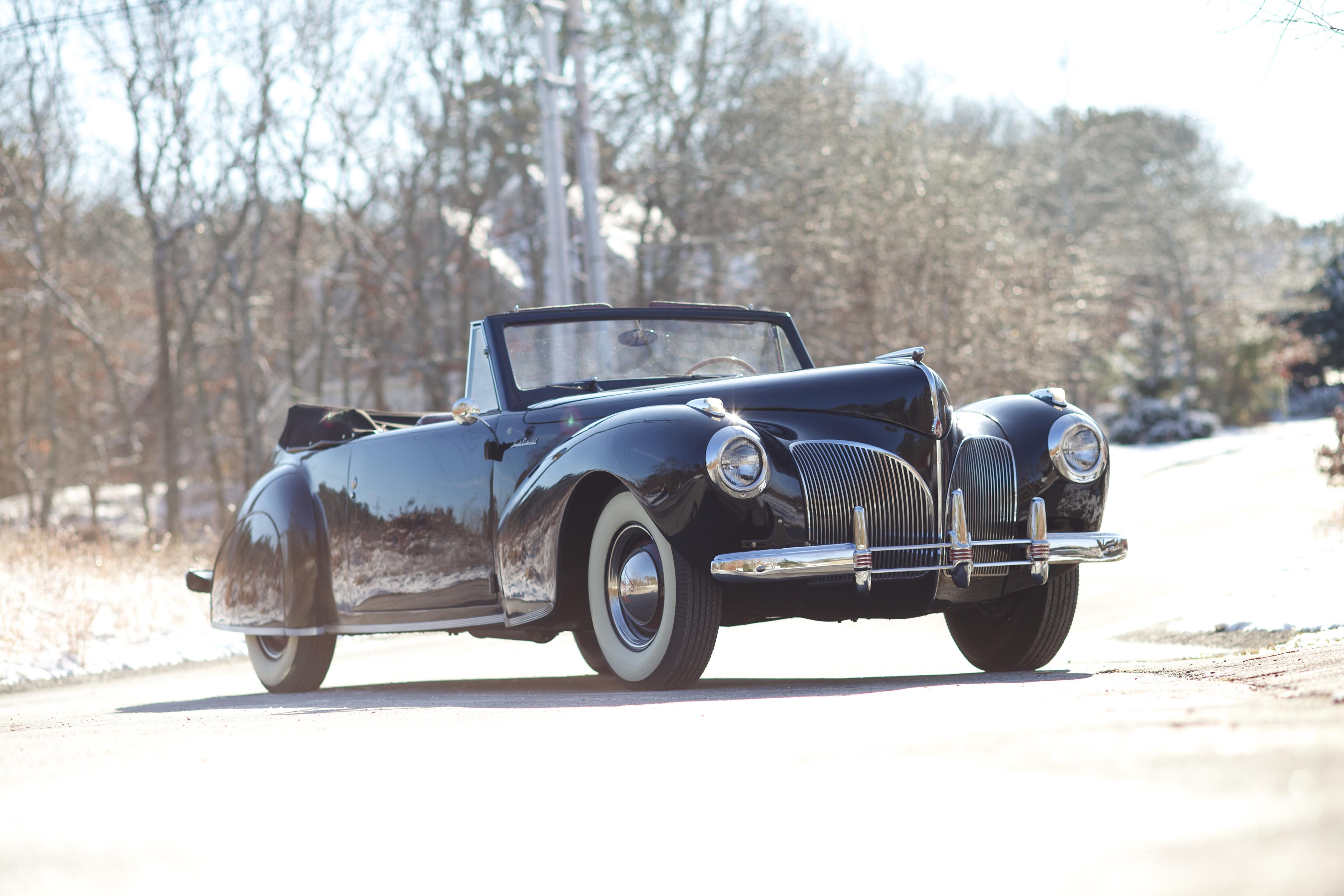

Testen Sie LotSearch und seine Premium-Features 7 Tage - ohne Kosten!
Lassen Sie sich automatisch über neue Objekte in kommenden Auktionen benachrichtigen.
Suchauftrag anlegen